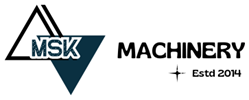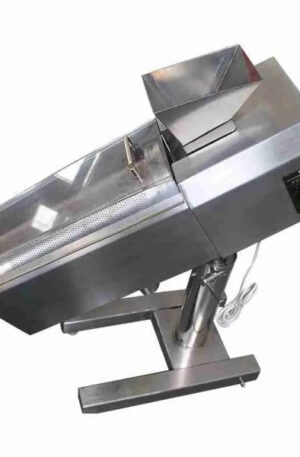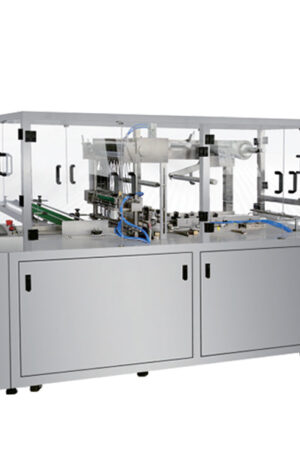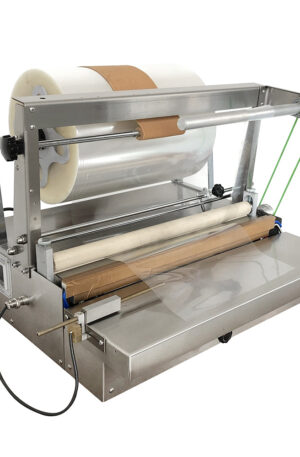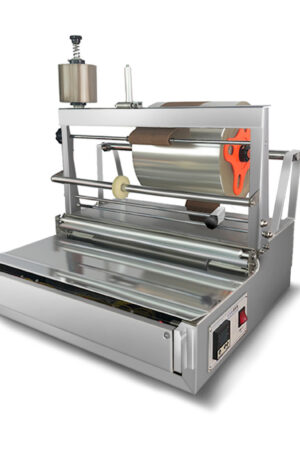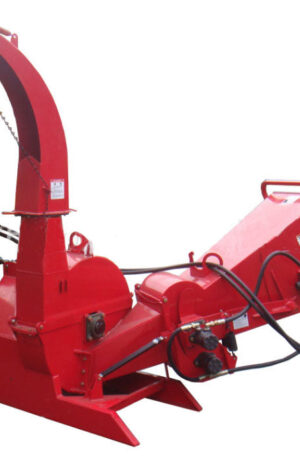Title: “The Evolution of Pharmaceutical Machinery: A Comprehensive Overview”
Pharmaceutical machinery has played a vital role in the production of medicines for centuries. From the early days of manual processing to the advanced automated systems of today, the evolution of pharmaceutical machinery has revolutionized the industry. In this article, we will explore the key developments in pharmaceutical machinery, focusing on table press machines, capsule filling machines, and the progression from TDP to THDP models.
Table press machines are essential in the pharmaceutical industry for compressing powdered ingredients into solid tablets. These machines have undergone significant advancements over the years, moving from manual operation to semi-automatic and fully automatic processes. Modern table press machines are equipped with advanced features such as adjustable compression settings, automated feeding systems, and precise control mechanisms to ensure uniform tablet production.
Capsule filling machines have also seen remarkable progress in terms of efficiency and accuracy. These machines are used to encapsulate powdered or liquid medication into gelatin capsules. Early capsule filling machines were labor-intensive and prone to inaccuracies. However, with technological advancements, modern capsule filling machines can now fill thousands of capsules per hour with high precision and consistency.
The transition from Tablet Compression Direct Press (TDP) machines to Tablet Compression High-Speed Double Press (THDP) machines has been a significant milestone in the evolution of pharmaceutical machinery. TDP machines were widely used for their simplicity and reliability in tablet production. However, with the demand for higher production speeds and improved efficiency, pharmaceutical companies began to adopt THDP machines. These machines offer faster production rates, reduced downtimes, and increased output capacities, making them ideal for large-scale pharmaceutical manufacturing.
In conclusion, the evolution of pharmaceutical machinery, particularly table press machines, capsule filling machines, and the shift from TDP to THDP models, has revolutionized the way medicines are produced. With continuous innovation and technological advancements, pharmaceutical machinery continues to push the boundaries of efficiency, quality, and safety in drug manufacturing. The journey from manual processing to advanced automation exemplifies the industry’s commitment to improving healthcare worldwide.
